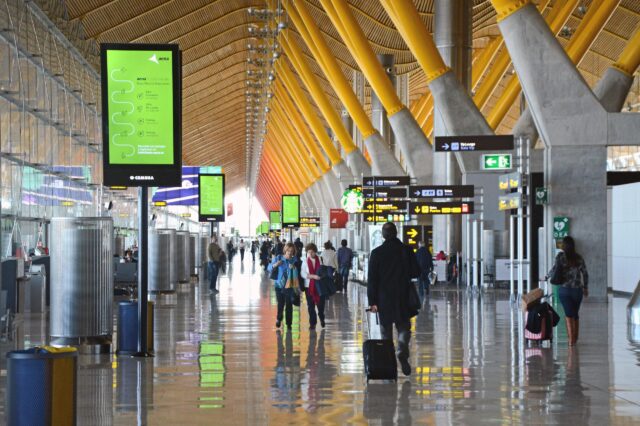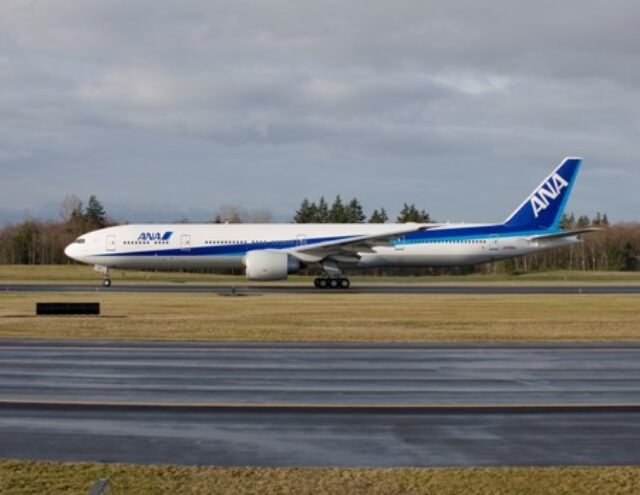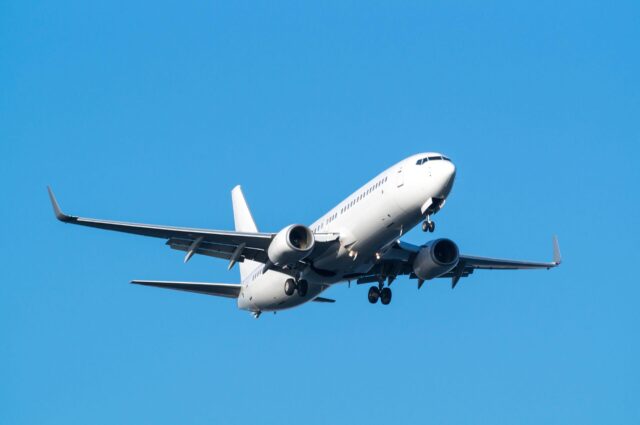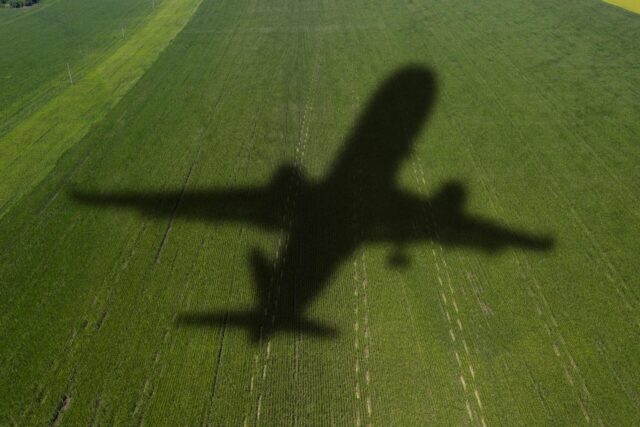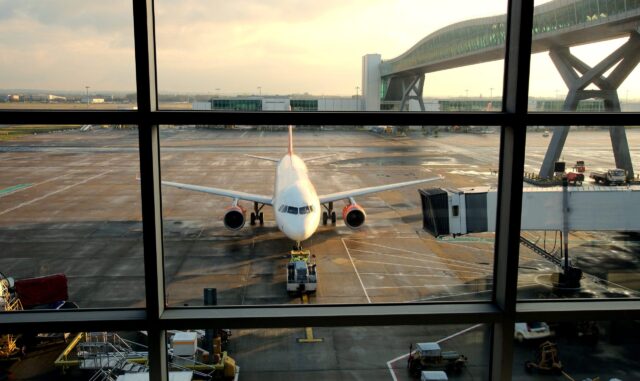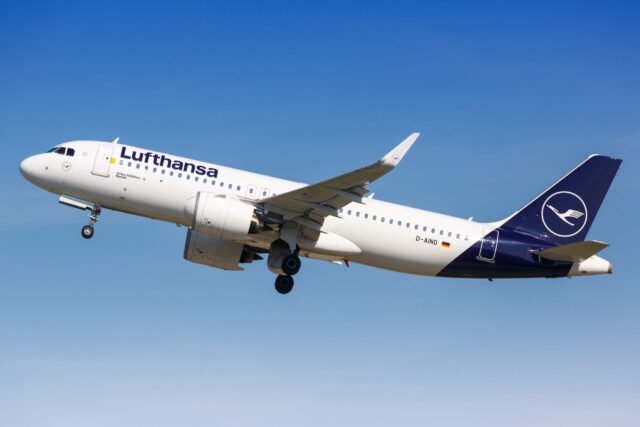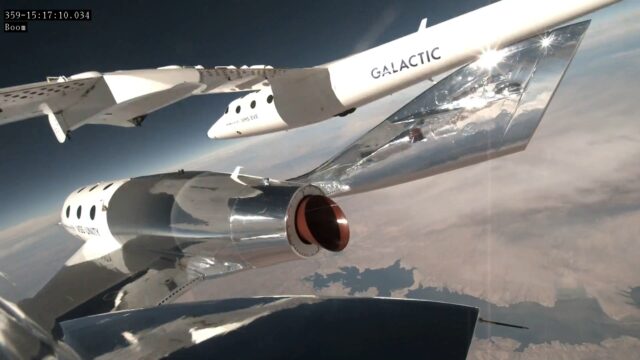Digitisation to transform airport experience, says SITA Europe president
April 20, 2025

Digitisation is reshaping the passenger experience at airports, from curb to gate, and Sergio Colella, SITA’s president of Europe, has outlined a transformative vision for technology that promises to revolutionise travel experiences in the coming years.
Colella predicts that passenger airport interactions will be dramatically different by 2029, driven by emerging technologies such as artificial intelligence, computer vision, and biometric systems.
The goal is to create a seamless, integrated experience that combines physical and digital touchpoints, Colella told Aerospace Global News.
With global air travel expected to double from 4 billion to 8 billion passengers by 2043, airports face unprecedented capacity challenges. SITA’s solutions aim to address this by maximising efficiency through smart technological interventions.
“We are convinced that the passenger experience five years from now will be completely different from the passenger experience that we have experienced until now,” he said.
Key innovations include hybrid counters that can switch between assisted and self-service modes, allowing airports new means of achieving flexibility.
These adaptable stations enable staff to assist passengers or allow travelers to independently manage check-in and baggage drop.
“This kind of equipment gives an incredible flexibility to the airport and to the airlines to function in two different modes while having the same physical infrastructure,” he said.
Biometric technology represents another step forward. Colella highlighted that facial recognition could transform boarding processes, potentially reducing boarding times by 25-30% compared to traditional manual checks. In the near future, a passenger’s face could serve as both boarding pass and potential passport replacement.
“Biometrics, where your face actually becomes your boarding pass, and tomorrow will become your passport with the digital travel identity, would enable the passenger to go through the boarding gate, or tomorrow, border control, just with a selfie – by definition increasing the speed and the productivity quite dramatically,” Colella added.
The company’s vision extends beyond mere technological implementation. SITA aims to create modular, flexible airport spaces that can intelligently integrate technology at every passenger touchpoint. This approach promises to make airport navigation more intuitive and efficient.
Already, these technologies are being implemented in major international airports, including Rome, Geneva, Doha, and Singapore.
Colella emphasised that this technological evolution isn’t just about speed and efficiency, but about fundamentally reimagining the passenger experience. By synchronising physical infrastructure with digital solutions, airports can create more personalised, stress-free travel environments, he said.
As global travel continues to expand, SITA’s technological innovations offer a glimpse into a future where airport navigation becomes increasingly seamless, intelligent, and user-friendly. The integration of AI, biometrics, and adaptive technologies promises to transform what has traditionally been a stressful, often analogue aspect of travel into a smooth, almost invisible and digitised process.




